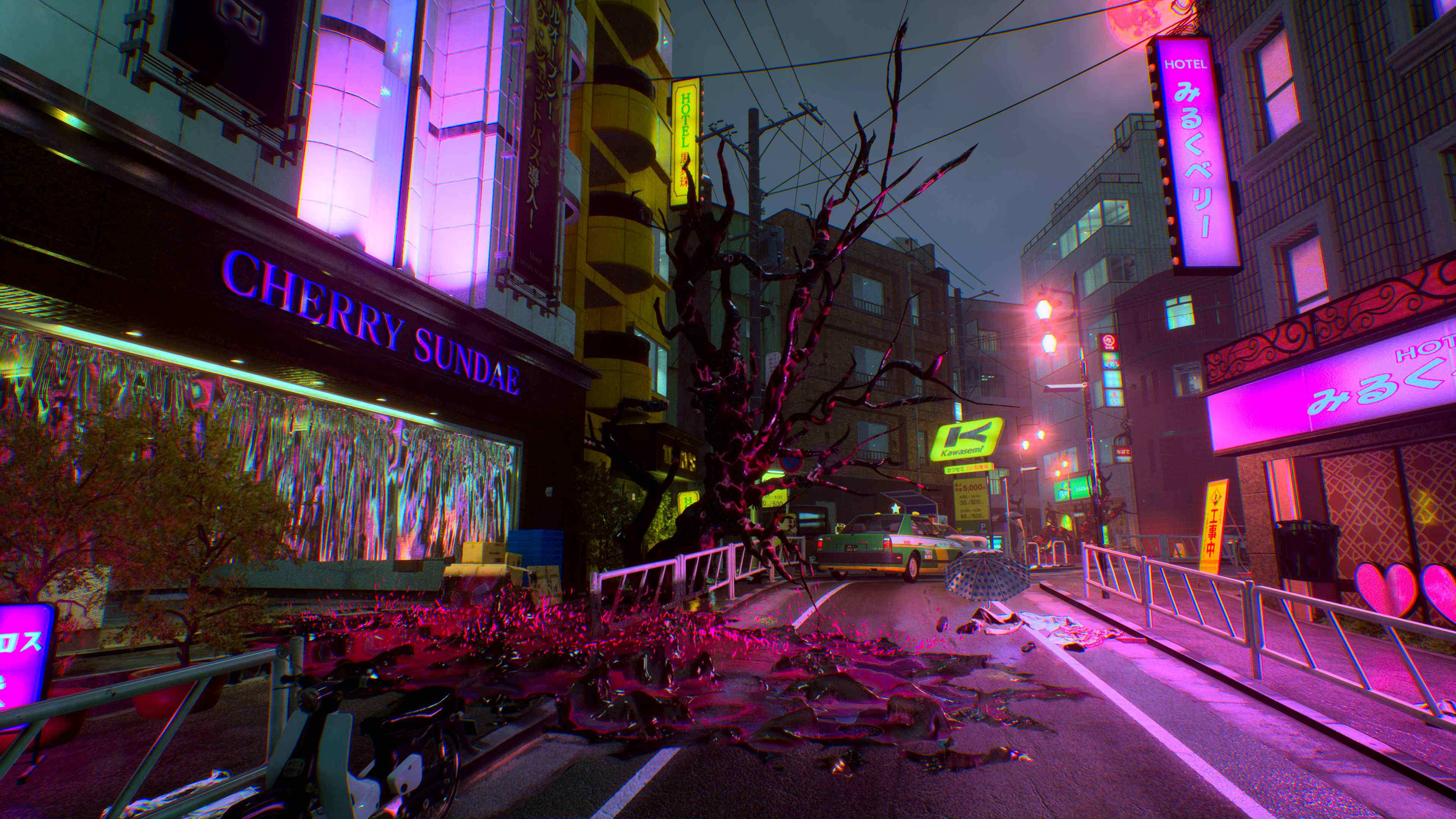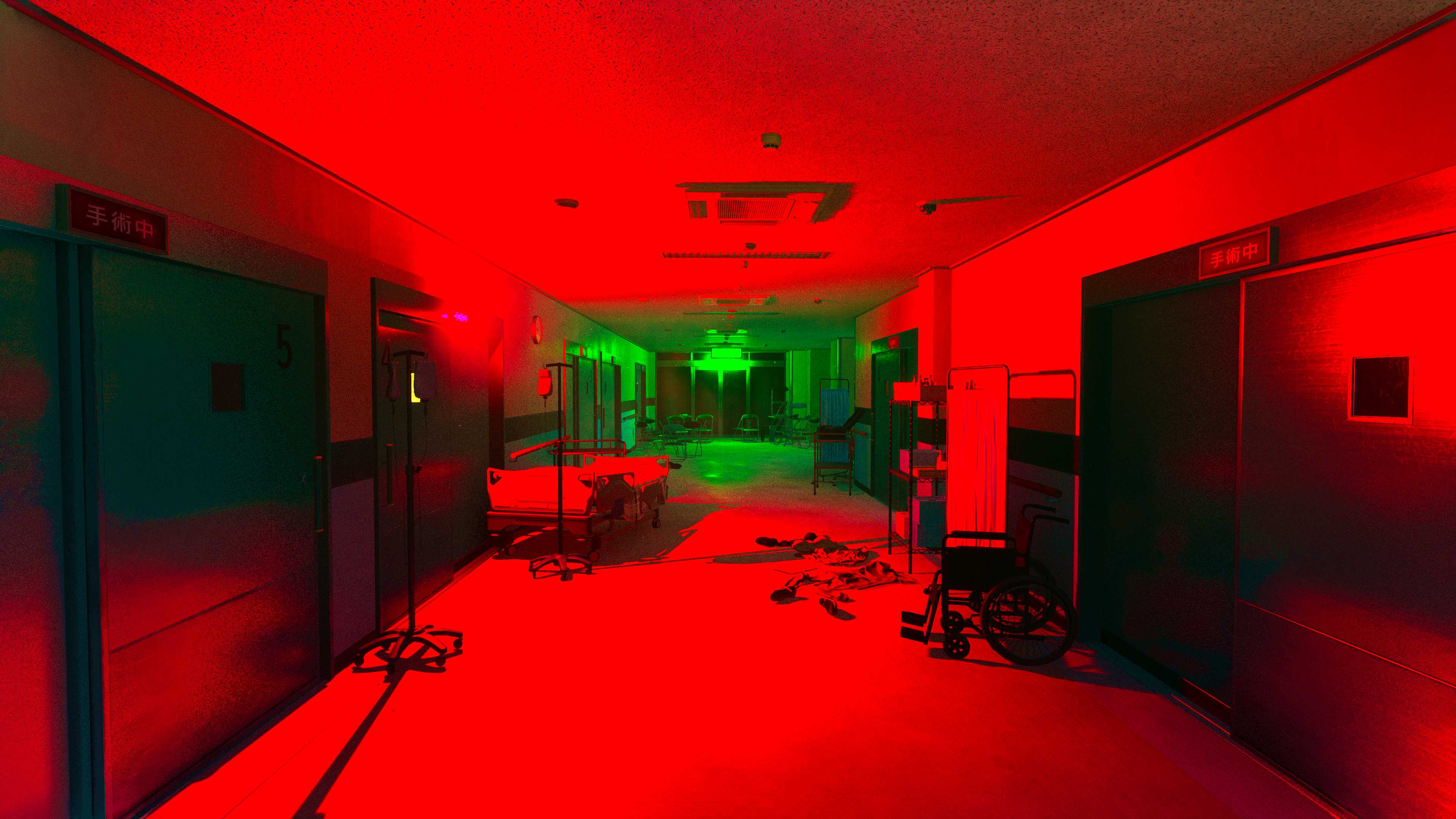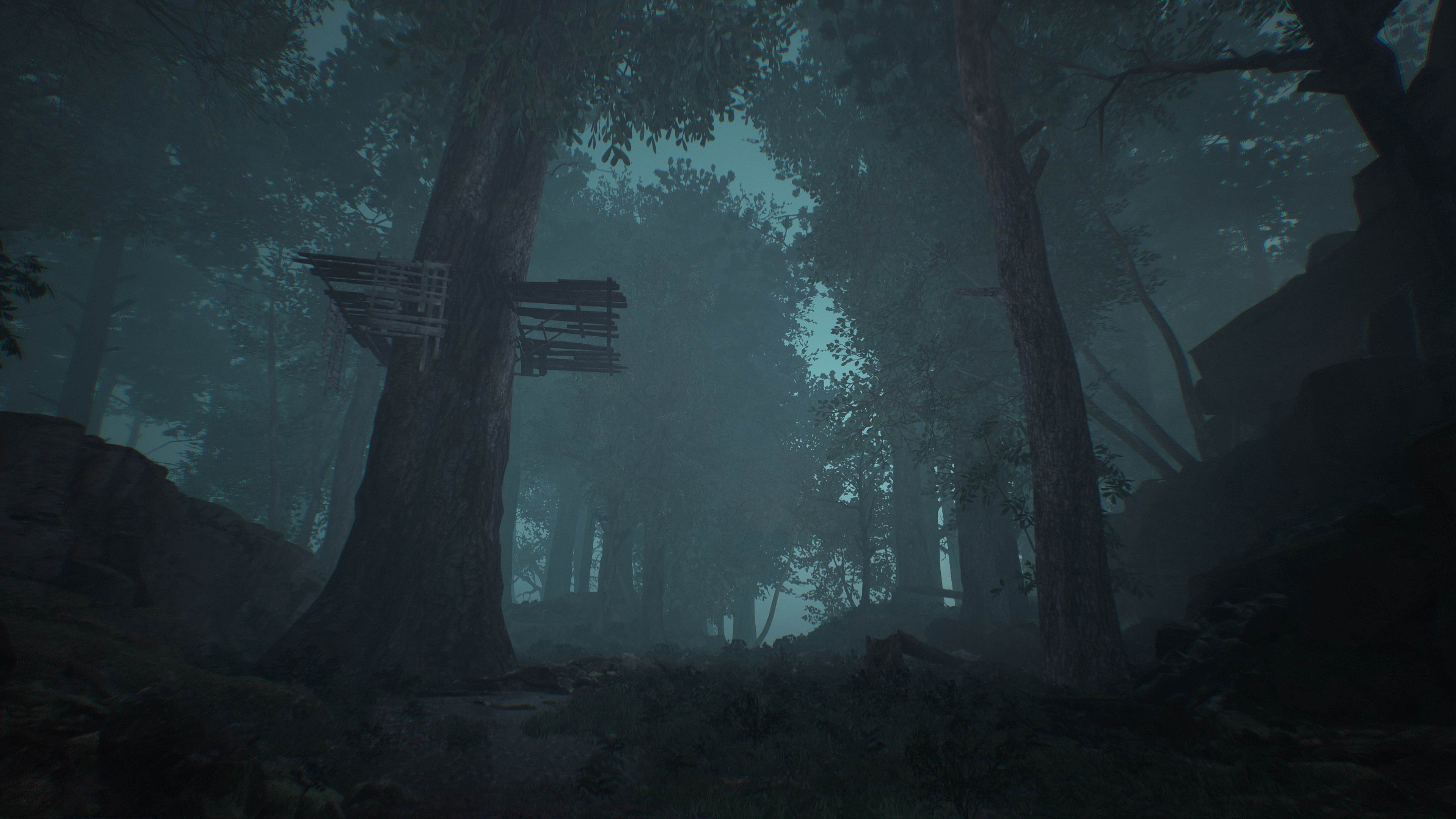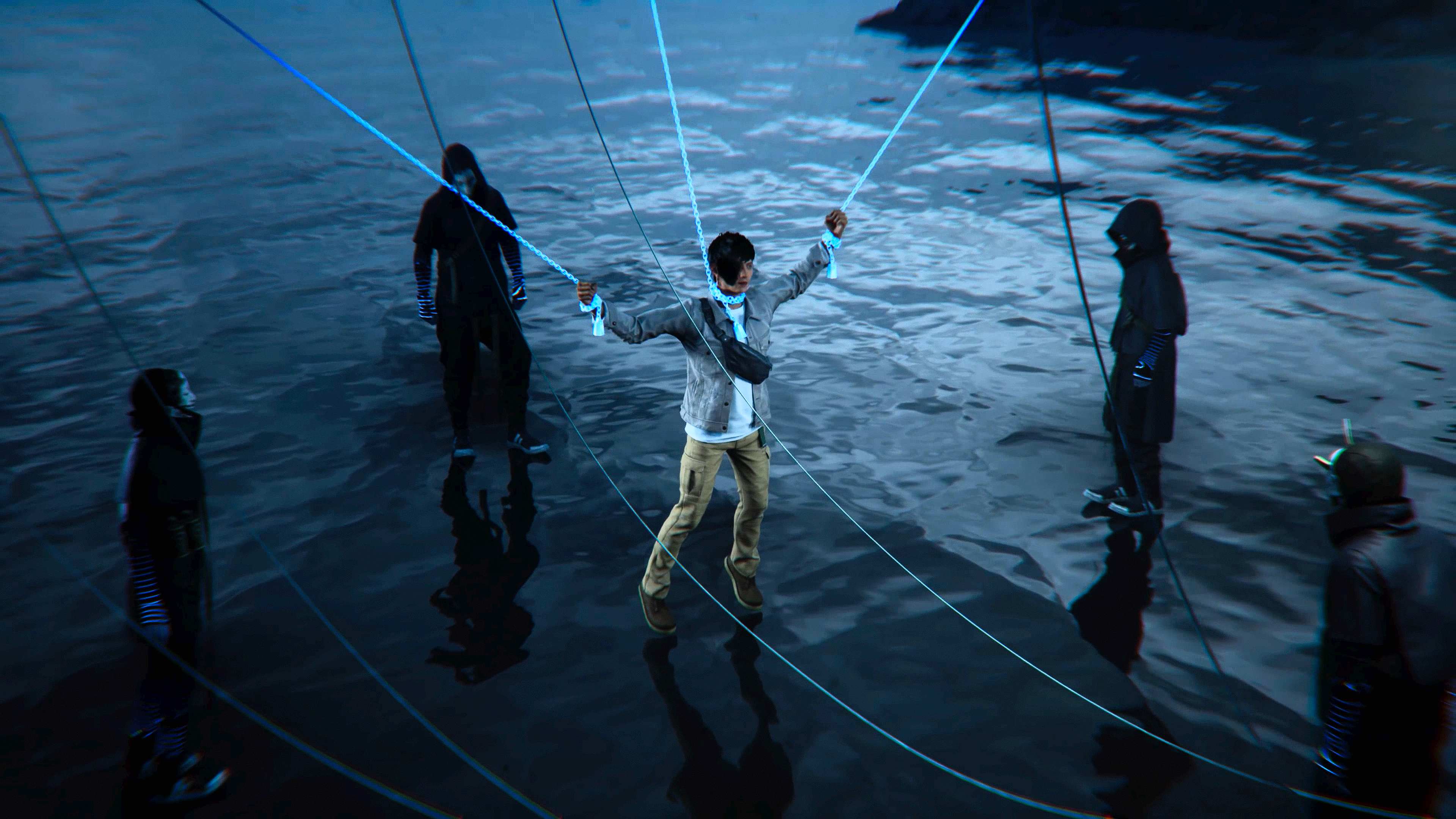Playing 'Ghostwire: Tokyo' just made me wish it was a horror game
I really enjoyed my time with Ghostwire: Tokyo, but I kept thinking about how it could've been even better.
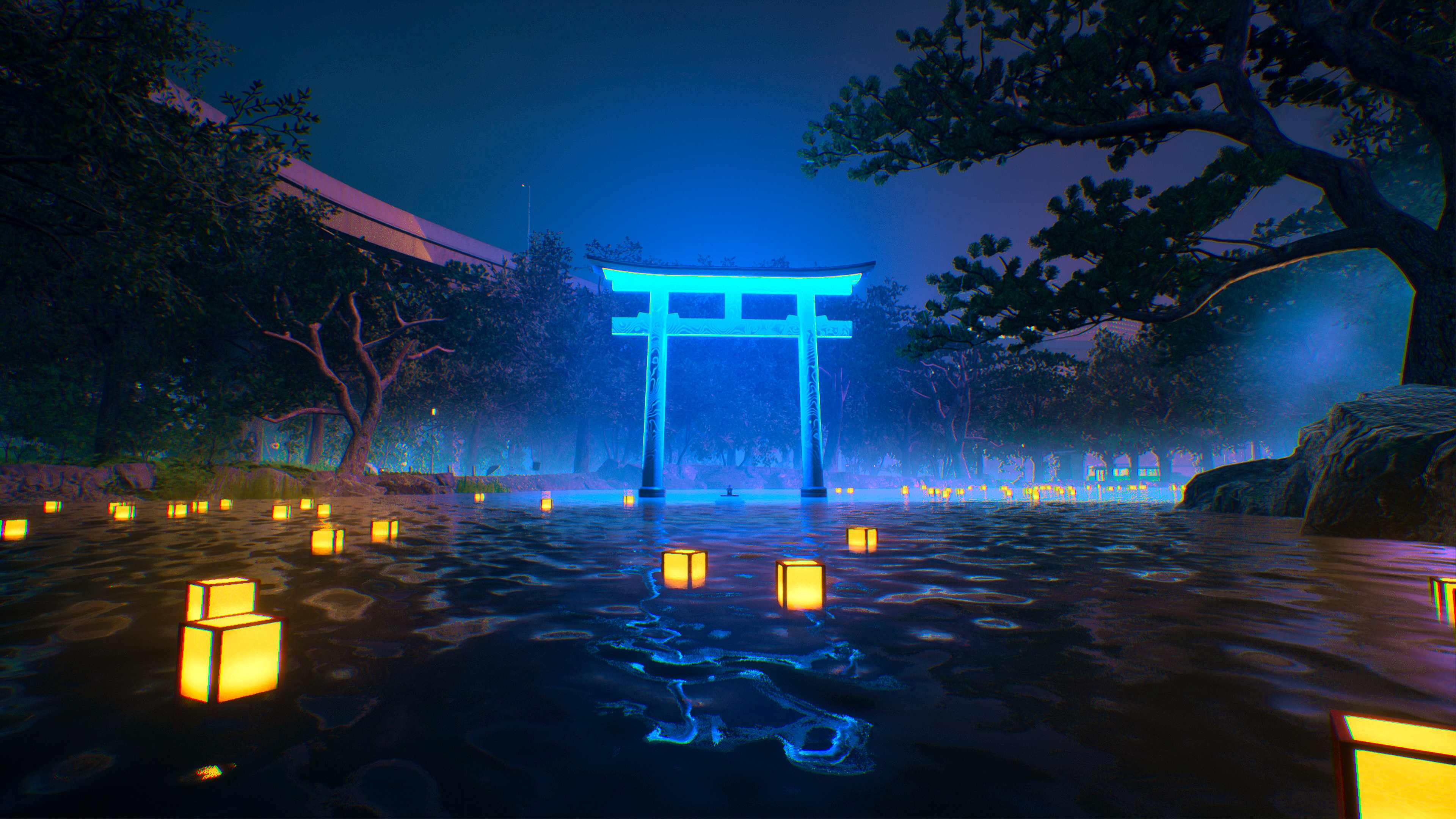
Ghostwire: Tokyo is a bit of an oddity. It's one of the last games published under the Bethesda Softworks umbrella, as Microsoft acquired the publisher and all the studios attached to it. It spent a year as a PlayStation console exclusive, despite being owned by Xbox. It's an open-world action-adventure game exploring the Japanese supernatural and paranormal mythology. It was the first game from Tango Gameworks that didn't fall under the horror genre.
As I played Ghostwire: Tokyo for the first time, it's that last point that resonated in my mind the most. I'm a huge fan of horror games, and I absolutely love The Evil Within series that put Tango Gameworks on the map. I often found myself wishing as I explored the Shibuya region of Tokyo that Tango had held on to its horror roots more firmly with Ghostwire: Tokyo. There was so much potential in this setting and world that Tango built, hampered by the action-adventure gameplay layered on top.
Falling victim to over-saturated open worlds
To be very clear, I am not suggesting that Tango Gameworks should have stuck with horror. Hi-Fi RUSH is genuinely my #1 game in all of 2023, and there's scarcely a hint of Tango's horror legacy in that cel shaded rhythm brawler. Ghostwire: Tokyo, however, is an open-world action-adventure game with heavy thriller elements, already dipping its toes into the world of horror without fully committing. Unfortunately, the game's biggest weaknesses are outside of its thriller atmosphere.
Open world games can provide some of the greatest gaming experiences, but it's extremely difficult to make an open world that is believable, dynamic, and filled with actually interesting content. Formulaic open worlds saturated with countless collectibles, minor side activities, and other elements that pointlessly fill the map with icons have led to the decline of publishers like Ubisoft's reputation over the years, and Ghostwire: Tokyo unfortunately falls into that category.
Set in Shibuya district of Tokyo, Japan, Ghostwire: Tokyo's world is gorgeous and filled with authentic environmental detail and a ton of verticality. Unfortunately, much of the actual gameplay when exploring this world is "collect literally thousands of spirts, find graffiti, find hidden creatures disguised as other products, find dozens of secret items, find dozens of statues to upgrade your abilities..." it goes on. Without filters, the map is essentially unreadable because of all the icons scattered everywhere.
There are dozens of hours of content in Ghostwire: Tokyo, but little incentive for the player to actually seek out that content. It's unfortunate when the setting and world building is genuinely top-notch. Many side quests also fall into this category — while some are excellent smaller adventures that further flesh out the world, many others are brief and repetitive activities that involve finding this or fighting that without much substance.
There is absolutely room for Tango Gameworks to craft a more diverse and dynamic open world in a Ghostwire: Tokyo sequel, of course. The gameplay is also an issue, though, further taking away from the brilliance of this setting and the potential of the Ghostwire franchise.
All the latest news, reviews, and guides for Windows and Xbox diehards.
A brilliant setting held back by average gameplay
Ghostwire: Tokyo tells the story of a Shibuya trapped under a terrifying curse that has made the entire populace disappear, their souls up for grabs by the person responsible and his legion of malevolent Visitors. The story explores Japanese mythology behind the supernatural and paranormal, including spirits, magic, and curses. It's fascinating and has all the spook potential you could ask for — at times, the game fully embraces that, too, with terrifying moments, creepy character designs, and unsettling situations.
Sadly, Ghostwire: Tokyo's gameplay often detracts from that setting and atmosphere. This is an action-adventure game with a ton of combat, and at surface level that combat is extremely interesting. You use Ethereal Weaving, a variety of hand signs that manipulate the elements in different ways, as well as mystical Talismans and a mysteriously powerful bow. As you play, you unlock new abilities for combat, traversal, and survival.
This gameplay can be a lot of fun, but it's also very awkward at other times and locks important abilities behind a grind-happy tech tree. More importantly, placing greater priority on the player's combat abilities rather than the danger of the enemies actively makes the game less scary. It doesn't matter how incredibly ominous the design for a new enemy type is if you can deal with them in a matter of seconds with a flashy set of moves.
As I played the final version of Ghostwire: Tokyo on Xbox (with the free Spider's Thread content update), I benefited from the myriad of gameplay improvements Tango Gameworks had made since the game's launch. Still, I found regular oddities and issues, prompting me to think once again that this gameplay wasn't worth the potential trade-offs. I wasn't alone in this thinking, either. You can read our Ghostwire: Tokyo Xbox review from Jez Corden for more in-depth analysis.
The untapped potential for horror in Ghostwire
There were moments in Ghostwire: Tokyo where I was genuinely scared, usually during main missions. Impeccable atmosphere, clever use of the unexpected, and a magnificent setting made it easy for the terrifying to reveal itself in Ghostwire: Tokyo, but it was too far in between. An over-saturated open world and awkward action-oriented gameplay divided those spooky moments with hours of good (but not great) gaming.
When I played the "Fear for the Children" side quest added in the Spider's Thread update, however, I saw a version of Ghostwire: Tokyo far closer to the potential I recognized in the game. Set in a middle school held hostage by a dangerous otherworldly spirit, this quest line felt more like a survival-horror game than any other part of Ghostwire: Tokyo, and it was my favorite part of the 35 hours I put into the game.
I desperately wanted a sequel to The Evil Within 2 after finishing it, but I'd honestly be ecstatic to see Tango Gameworks return to the Ghostwire universe with a new entry, as long as it kept closer to the post-launch DLC rather than the original game. Make players want to explore the world rather than giving them a list of menial tasks, make the gameplay smoother and less grind-y, and embrace the horror vibes that Ghostwire: Tokyo gives off with its setting and world building — do that, and Ghostwire: Tokyo 2 could very well become one of the best Xbox games ever.
If you want to check out Ghostwire: Tokyo for yourself, it's now available for $59.99 at Microsoft Store (Xbox Series X|S & PC) and often goes on sale. You can also find it on PlayStation, Steam, Xbox and PC Game Pass, and Xbox Cloud Gaming.

Zachary Boddy (They / Them) is a Staff Writer for Windows Central, primarily focused on covering the latest news in tech and gaming, the best Xbox and PC games, and the most interesting Windows and Xbox hardware. They have been gaming and writing for most of their life starting with the original Xbox, and started out as a freelancer for Windows Central and its sister sites in 2019. Now a full-fledged Staff Writer, Zachary has expanded from only writing about all things Minecraft to covering practically everything on which Windows Central is an expert, especially when it comes to Microsoft.
